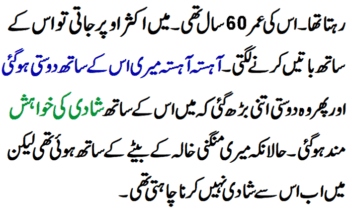In today’s fast-paced world, stress has become an almost constant companion for many of us. Whether it’s due to work deadlines, personal responsibilities, financial worries, or the endless flood of digital notifications, it seems harder than ever to find a moment of peace. But what if the key to reducing stress quickly has been right under our noses all along—quite literally?
Breathing exercises are among the simplest, most accessible, and most powerful tools for calming the mind and body. Unlike complicated wellness routines or expensive treatments, controlled breathing can be practiced anywhere and requires nothing more than a few moments of your time. Let’s explore how these techniques work, why they’re so effective, and how you can use them to feel calmer, clearer, and more in control within minutes.
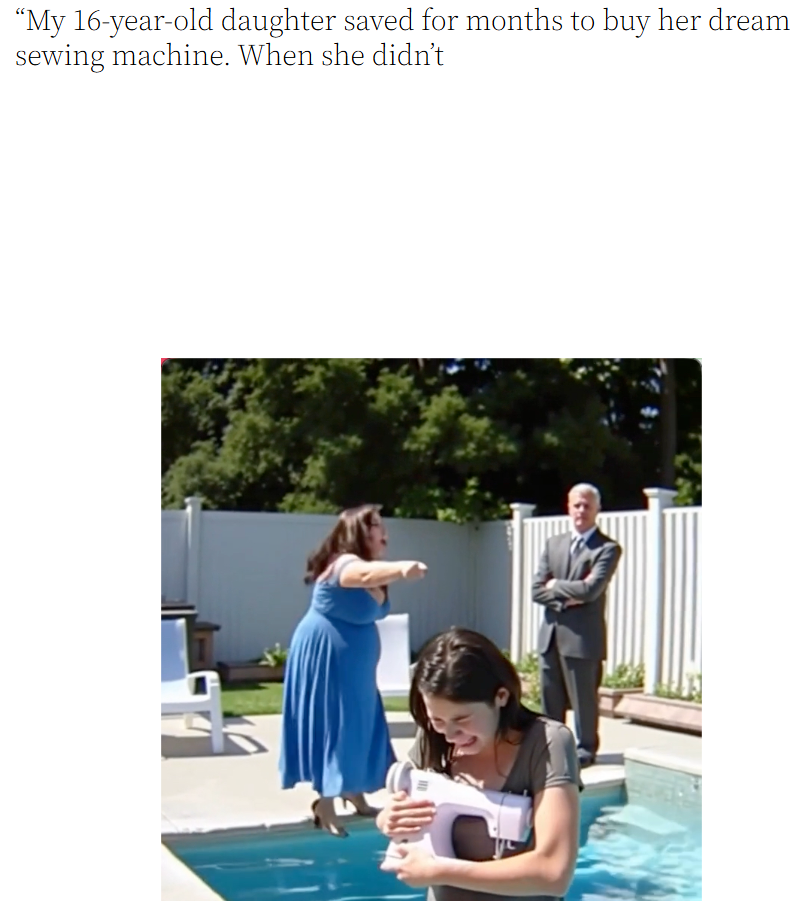
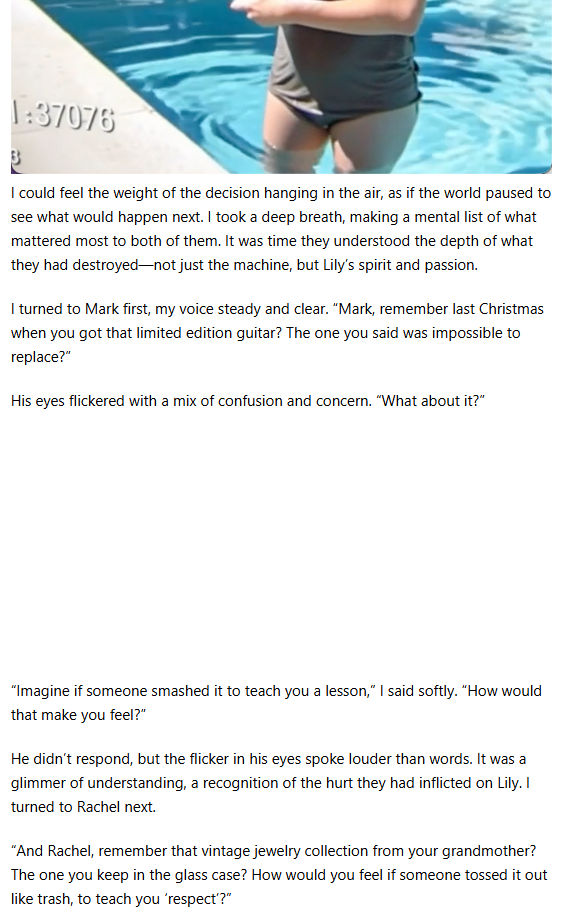
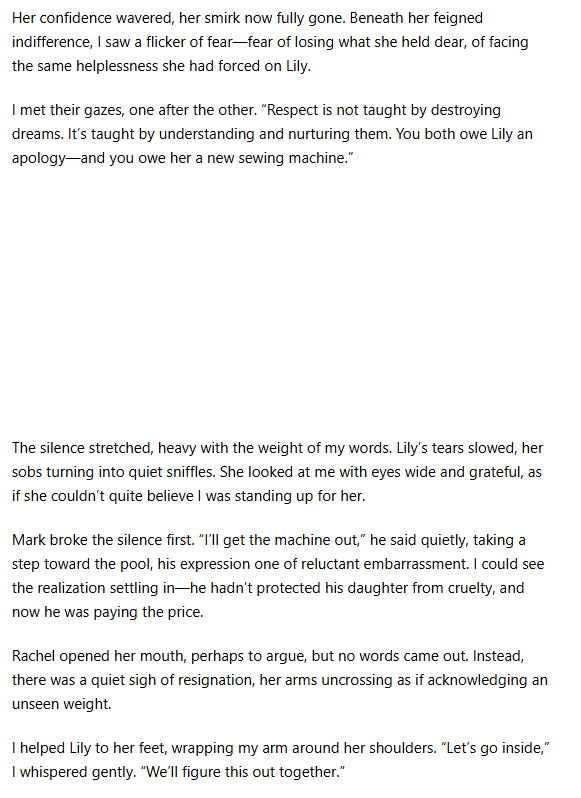
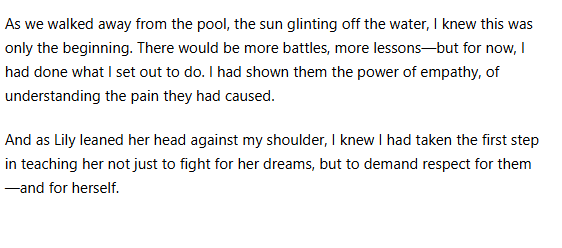
Understanding the Stress Response
To understand why breathing exercises are so effective, it helps to first look at what happens in your body when you’re stressed. Stress triggers the “fight or flight” response, a survival mechanism designed to prepare you for danger. When this happens, your brain releases hormones like adrenaline and cortisol, your heart rate increases, your breathing becomes faster, and your muscles tense up.
While this response is useful in life-threatening situations, it becomes problematic when triggered by everyday worries—like an overflowing inbox or a tense conversation. Chronic activation of the stress response can lead to anxiety, fatigue, headaches, digestive issues, and even heart problems over time.
That’s where breathing comes in. Because breathing is both an automatic and voluntary function, it serves as a direct bridge between your body and your mind. When you consciously slow down your breath, you send a message to your nervous system that it’s safe to relax. This simple act can flip the switch from the sympathetic nervous system (responsible for “fight or flight”) to the parasympathetic nervous system, which promotes rest, digestion, and recovery.
How Breathing Exercises Lower Stress Fast
The beauty of breathing exercises lies in their immediacy. You don’t need hours of meditation or expensive equipment—just a few minutes of mindful breathing can lead to noticeable changes in your mood and body. Here’s how it works:
- Reduces Heart Rate and Blood Pressure
Slow, deep breathing activates the vagus nerve, a major player in the parasympathetic nervous system. This reduces your heart rate and blood pressure, creating a physical sense of calm almost instantly. - Balances Oxygen and Carbon Dioxide Levels
When stressed, we tend to breathe shallowly, which can lead to an imbalance of oxygen and carbon dioxide in the blood. Proper breathing restores this balance, improving brain function and clarity. - Improves Focus and Concentration
Deep breathing enhances oxygen flow to the brain, helping you think more clearly and make better decisions, even under pressure. - Releases Muscle Tension
Stress often causes involuntary tightening of muscles, especially in the neck, shoulders, and jaw. Conscious breathing helps relax these muscles and relieve physical discomfort. - Shifts Emotional State
The rhythm of your breath directly influences your emotional state. Slow, steady breathing patterns can reduce anxiety and promote feelings of safety and control.
Popular Breathing Techniques for Quick Stress Relief
There are countless breathing techniques to choose from, but here are some of the most effective methods that can deliver results in just a few minutes.
1. Deep Diaphragmatic Breathing
Also known as “belly breathing,” this technique encourages full oxygen exchange—slowing the heartbeat and stabilizing blood pressure.
How to do it:
- Sit or lie down in a comfortable position.
- Place one hand on your chest and the other on your abdomen.
- Inhale deeply through your nose, allowing your stomach to rise while keeping your chest relatively still.
- Exhale slowly through your mouth, feeling your stomach fall.
- Repeat for 5–10 minutes.
This technique is great for beginners and can be practiced anytime you start feeling anxious or overwhelmed.
2. Box Breathing
Box breathing, often used by athletes and even military personnel, helps regain control in high-stress situations.
How to do it:
- Inhale through your nose for a count of 4.
- Hold your breath for 4 seconds.
- Exhale through your mouth for 4 seconds.
- Hold again for 4 seconds before the next inhale.
Repeating this pattern for a few minutes can help steady your nerves and clear your mind.
3. 4-7-8 Breathing Technique
Developed by Dr. Andrew Weil, this method is excellent for relaxing the body quickly and even improving sleep.
How to do it:
- Inhale quietly through your nose for a count of 4.
- Hold your breath for 7 seconds.
- Exhale audibly through your mouth for 8 seconds.
- Repeat up to four times.
This breathing pattern slows your heart rate and creates a deep sense of calm within just a few cycles.
4. Alternate Nostril Breathing
Originating from ancient yogic practices, this technique balances the body’s energy and promotes harmony between the left and right hemispheres of the brain.
How to do it:
- Sit comfortably and relax your shoulders.
- Close your right nostril with your thumb and inhale slowly through the left nostril.
- Close your left nostril with your ring finger and exhale through the right nostril.
- Inhale through the right nostril, close it, and exhale through the left.
- Continue alternating for several minutes.
This method is especially effective for calming anxiety and improving focus.
5. Resonance Breathing
Resonance or coherent breathing involves breathing at a rate of about five breaths per minute—roughly double your usual length of inhale and exhale.
How to do it:
- Inhale through your nose for 5.5 seconds.
- Exhale through your nose for 5.5 seconds.
- Maintain this rhythm for 5–10 minutes.
This steady pattern helps synchronize your heart rate and breathing, leading to a state of deep relaxation.
Integrating Breathing Exercises into Daily Life
The best thing about breathing exercises is that they don’t require much time or effort. You can easily weave them into your daily routine. Here are a few ways to do that:
- Start your morning with intention: Spend five minutes breathing deeply before checking your phone or email. It sets a calm tone for the day.
- Use breath breaks at work: When you feel stressed or distracted, take a minute to do box breathing or a few deep diaphragmatic breaths.
- Breathe before bed: Practicing slow, rhythmic breathing before sleep helps your mind unwind and improves sleep quality.
- Combine with mindfulness: Pairing breathing with mindfulness—simply noticing your thoughts and sensations without judgment—can deepen the calming effect.
- Practice gratitude: After a breathing session, take a moment to reflect on something positive. This reinforces a relaxed and optimistic mindset.
The Science Behind the Calm
Modern research backs up what ancient traditions have long taught: conscious breathing truly changes your physiology. Studies using brain imaging and heart-rate variability monitoring show that regular breathing exercises:
- Lower cortisol levels
- Improve heart-rate coherence
- Enhance emotional regulation
- Boost immunity and reduce inflammation
- Promote better sleep and mood stability
In short, breathwork isn’t just a feel-good practice—it’s a scientifically supported method for managing stress and improving overall health.
Conclusion: Calm Is Just a Breath Away
In a world where stress seems inevitable, the simplicity of breathing exercises offers hope. They’re free, quick, and available to you every moment of the day. With consistent practice, you’ll notice not only a reduction in stress but also an increase in clarity, focus, and emotional balance.
The next time you feel overwhelmed, take a moment to pause and breathe deeply. You don’t have to wait for peace to find you—sometimes, all it takes is one mindful breath to bring it back.

